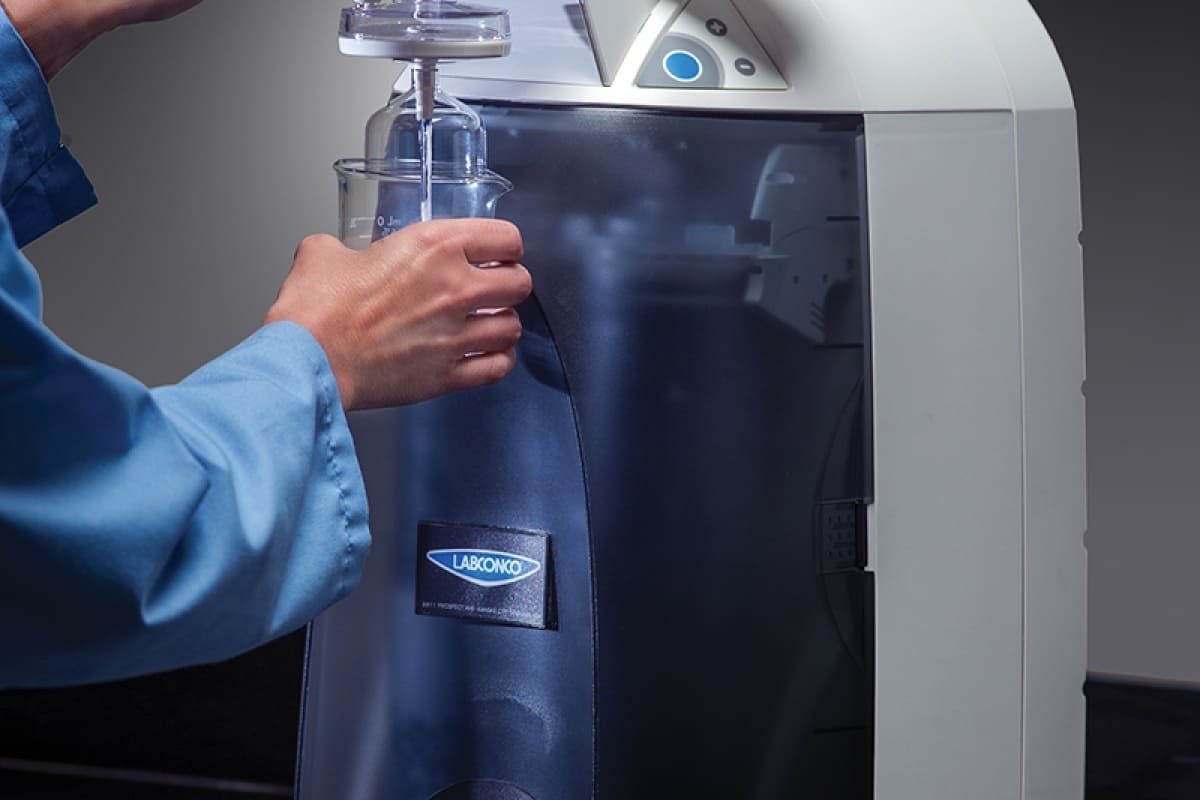What Are Water Filter Systems?

If you’re not sure what water filters do, you may be confused about the differences between Reverse osmosis and carbon block filtration. There are pros and cons to each, so read this article to find out which one is best for you. We’ll also explain what UV light does and how it’s useful for sanitizing your water. You’ll need to pair UV filters with other filters, though, to remove lead and pesticides.
Activated carbon
Activated carbon is a substance that can remove contaminants from water through two processes. Adsorption and catalytic reduction. The former removes contaminants by drawing negatively-charged ions to the carbon. Catalytic reduction removes organic compounds and residual disinfectants. Adsorption removes the compounds in water that are considered harmful to human health. This process is also effective at removing pesticides, herbicides, and pharmaceuticals from water.
Although these contaminants are naturally occurring in drinking water, they can be removed with an activated carbon water filter. Activated carbon filters are effective at removing metal and dissolved inorganic contaminants, as well as chlorine and other chemicals. However, they do not remove sediment very well. Carbon block filters remove sediment more effectively than activated carbon, so they are a better option for removing sediment from water. However, consumers should be aware that activated carbon filters do not remove TDS, minerals, and pathogens from water.
Reverse osmosis
The reverse osmosis water filter is an efficient filtration system that uses a semi-permeable membrane to remove contaminants from water. A reverse osmosis water filter can be purchased from a number of retailers, including Lowe’s. Many models are designed to fit under a sink and offer a safe alternative to bottled water. The systems can include a carbon block filter or mechanical filtration to further purify water. Some models also incorporate filtration fittings and faucets.
Reverse osmosis water filters can reduce the number of chemicals and heavy metals that make it unsafe to drink. Compared to a standard Brita filter, reverse osmosis systems also remove herbicides, pesticides, rust, and silt from the water. They also remove harmful particles like bacteria and viruses. Reverse osmosis water filters can also be used to purify groundwater, which is typically more contaminated than other water sources.
Ion exchange
Ion exchange water filters use a chemical process that converts chlorine and other dissolved inorganics into non-toxic and non-hazardous byproducts. The process is highly effective at removing dissolved inorganics like heavy metals, pesticides, and pharmaceuticals. Unlike a conventional filter, however, these units do not filter out particles or bacteria. The process uses a chemical compound called ion exchange resin, which is highly durable.
Ion exchange water filters can remove 99 percent of harmful contaminants. Using this technology, they remove radium, uranium, and gross alpha particles. In addition to softening water, ion exchange resins are easy to clean and reuse. Ion exchange resins attract magnesium and calcium ions, and remove them from the water. You can even reuse the filtration system. Ion exchange water filters are safe to use, so it’s worth checking them out if you’re concerned about your drinking water.
Carbon block
Carbon block filters are commonly used in water treatment facilities. They are popular due to their efficiency in removing chlorine and dissolved contaminants from water. The carbon block is a solid material with millions of pores. The slow path of the water through the filter increases the time in which contaminants are in contact with the carbon. During this process, contaminants are absorbed into the carbon and are removed from the water. Another way carbon block filters work is through depth filtration. As the carbon block is thicker, it can be more effective at removing contaminants from water.
Many carbon blocks are made from bituminous coal or coconut shells. Although they can be expensive, they are readily available and environmentally friendly. Coconut shells and wood are also ideal sources of raw carbon. Although both of these raw materials have their advantages and disadvantages, it’s still a good idea to use a carbon block that is made in the USA. The American Carbon Block brand is the best choice for drinking water filters.
Pleated cartridge
A Pleated cartridge water filter has a very small surface area, so it’s not an ideal option for areas with very high or low temperatures. The nominal length of the cartridge can range from inches to millimeters. In addition, the outside diameters of the filters vary. The wider the outer diameter, the higher the filtration capacity. If you’re worried about the size of your current filter, you can always order a custom one.
These filters are generally known for their ability to remove fine particles from water. The micron rating of pleated cartridge filters is higher than that of string wound or melt blown filters, making them ideal for critical applications and the production of sterile, high-purity water. BROTHER offers both Melt Blown Filter Cartridges and Membrane Filter Cartridges. To learn more about these products, visit our shop or contact our expert for more information.
Ultrafiltration cartridge
UF cartridges are filters with permanent elements that must be replaced when they become filled with contaminants. The hollow fibers in the HENGKO biomedical filter are impregnated with metal powder, which is sintered at a high temperature to provide uniform porosity. The purified water passes through the center of the hollow fibers and collects at the top as filtrate. While the latter has some advantages, such as being easier to maintain, the outside-in flow has some limitations.
UF Cartridges filter water down to 0.1 microns. They remove bacteria, fine particles, and other dissolved contaminants from water. The UF Cartridge’s exterior is made of hard plastic, while its inner surface consists of a hollow fiber membrane. When water passes through the hollow fiber, it passes from the outside to the inside, leaving particles larger than 0.1 micron on the outer side. The SL10 size is non-washable and has a 12-month lifespan. Beach Style Wall art.
Apart from this if you are interested to know about Channel pipe then visit our Home Improvement category.


